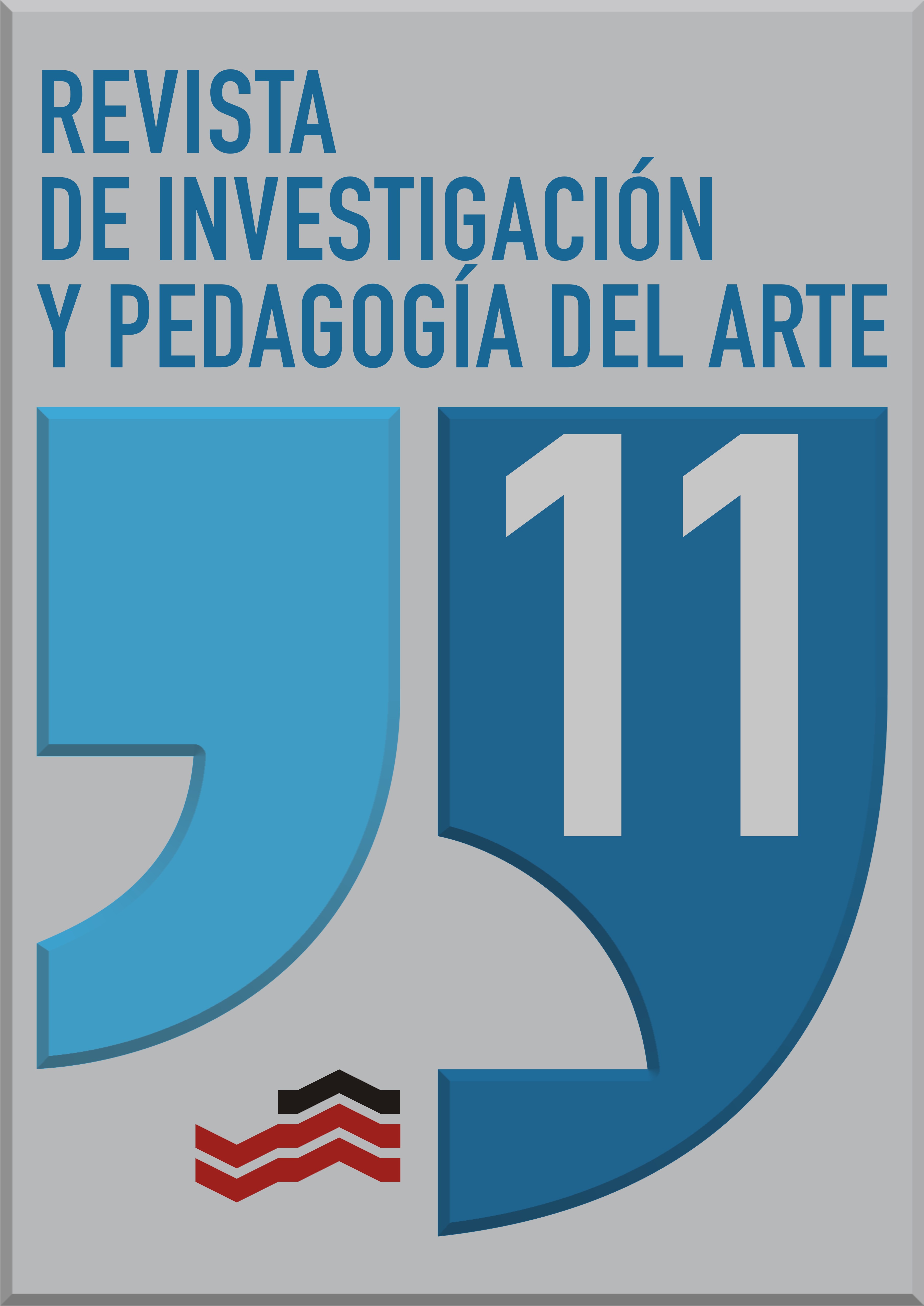Communication in the production of a work of Visual Arts
DOI:
https://doi.org/10.18537/ripa.11.03Keywords:
communication, visual arts, design, language, postmodernityAbstract
The communicative process in the Visual Arts environment is a dynamic and core resource. Through this, the artist not only transmits a set of information, but also establishes an action where communication constitutes a living element, of instruction and of joint elaboration of meanings from its cognitive, descriptive, educational and aesthetic-cultural totality. As a form of existence and expression of thought, it is also a useful resource to record and preserve the processes and relationships between man and his environment, so that they can be transmitted to subsequent generations. In such a way, the ways an artist has or creates to achieve effective communication with his work are endless. It is impossible to think that all forms of work are the same and that the same procedures can be applied in all cases. Creating means building, operating, producing, interacting: communicating, and an artist, as he must create, must know how to build, operate, produce, interact, and very especially, communicate.
Downloads
References
Barthes, R. (1987). La muerte del Autor, El susurro del lenguaje. Barcelona: Paidós.
Bourdieu, P. (2010). El sentido social del gusto. Elementos para una sociología de la cultura. México: Siglo XXI Editores.
Cortés-Morató, J. y Martínez-Riu, A. (1996). Diccionario Herder de Filosofía. Barcelona: Empresa Herder S. A.
Costa, J. (2001). Imagen corporativa en el siglo XXI. Buenos Aires: La Crujía.
Culler, J. (1998). Sobre la deconstrucción. Madrid: Cátedra.
Danto, A. C. (2010). Después del fin del arte. Barcelona: Paidós.
Danto, A. C. (1995). El final del arte, El paseante (22-23), 30-54.
Danto, A. C. (1981). La transfiguración del lugar común. Buenos Aires: Paidós.
Eco, U. (1992). La obra abierta. Barcelona: Planeta-De Agostini S. A.
Fiske, J. (1984). Introducción al estudio de la comunicación. Cali: Norma S. A.
Gombrich, E. (2004). La historia social del arte, Gombrich esencial (369-379). Madrid: Debate.
ISDi. (2007). Conferencia de Diseño Gráfico Postmoderno, Historia del Diseño II. La Habana: Instituto Superior de Diseño (material electrónico).
Kant, I. (1991). Crítica del juicio. Madrid: Espasa Calpe.
Krieger, P (2004). La deconstrucción de Jacques Derrida, Anales del Instituto de Investigación Estética (84), 179-188.
Lyotard, J-F. (1991). La condición postmoderna. Madrid: Cátedra.
Marchán-Fiz, S. (11 de noviembre de 2009). La muerte del autor, de Roland Barthes. Obtenido de El Cultural: http://www.elcultural.es/
Poynor, R. (2003): No más normas. Diseño gráfico posmoderno. México: Gustavo Gili.
Rodríguez-Aguilar, J. L. (2012). Diseño, diseñar, diseñado. Teorías, estrategias y procedimientos básicos. La Habana: Letras Cubanas.
Shannon, C. E. y Weaver, W. (1949). The Mathematical Theory of Communication. Chicago: University of Illinois.
Published
Issue
Section
License

This work is licensed under a Creative Commons Attribution-NonCommercial-ShareAlike 4.0 International License.










